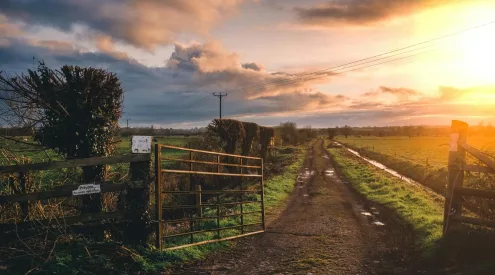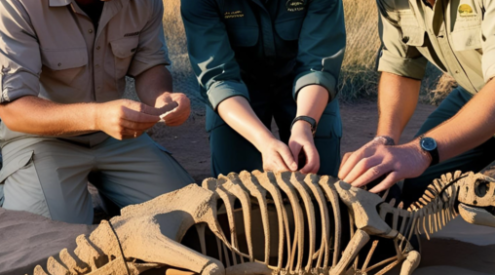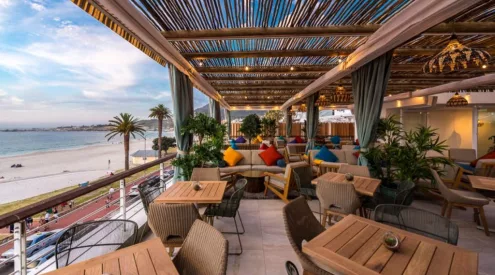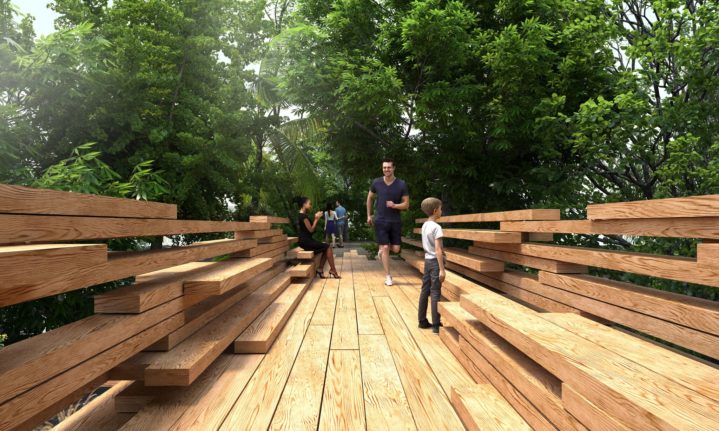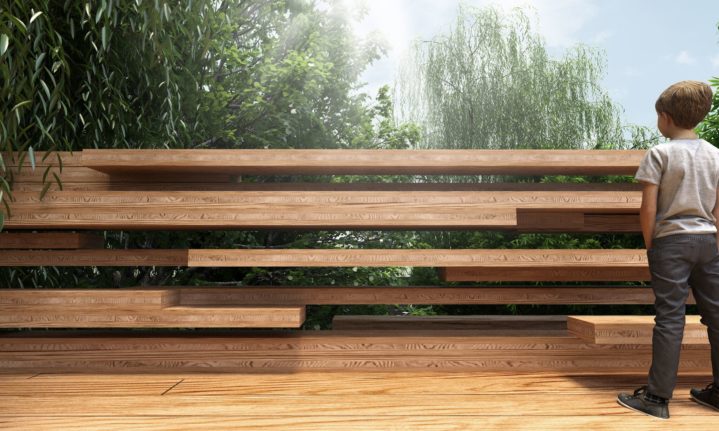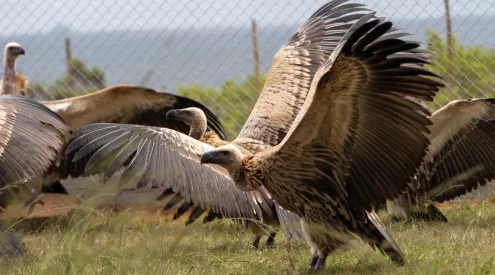An internationally acclaimed British designer, Paul Cocksedge, is creating a timber bridge across the Liesbeek River in Cape Town, within the public open space of The Upper Liesbeek River Garden, as part of a community project.
The bridge will be made from the invasive Eucalyptus tree wood, offsetting its negative effects by using it as a building material. The species originates in Australia but was brought to South Africa in the 1800s for use as shade, windbreaks and plantation timber. Not being indigenous, the tree can negatively impact the water table.

The bridge idea was initiated by Design Indaba and Cocksedge and announced at the Design Indaba 2020 in February. It’s being developed in partnership with WSP and building company XLAM.
Cocksedge plans to work with X-Lam to turn the Eucalyptus tree into Cross Laminated Timber (CLT) –a structural, prefabricated timber panel which is a more sustainable alternative to concrete, masonry and steel, requiring less water and less energy to manufacture.
The timber is glued in longitudinal and transverse layers, which creates a very strong and stable structural material.
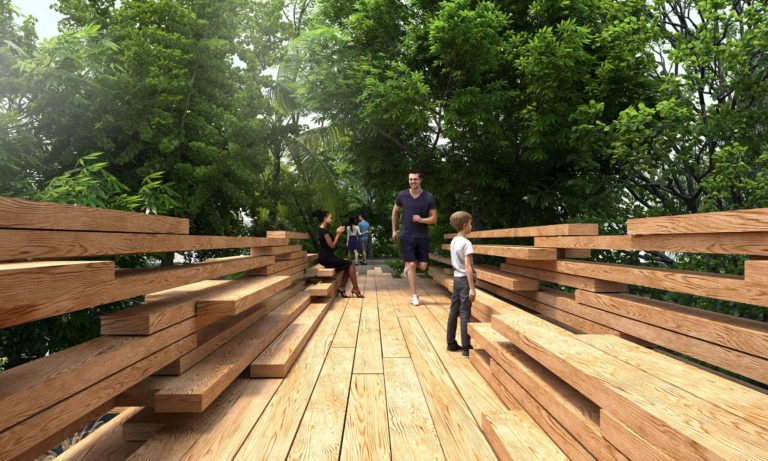
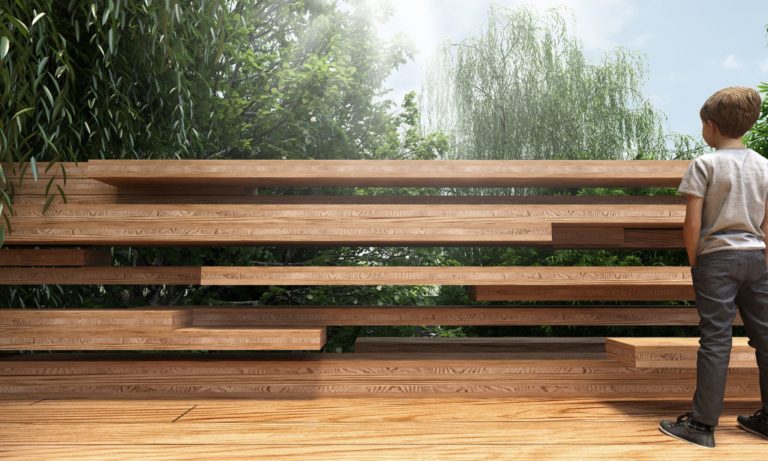
The design takes inspiration from the way planks of wood are stacked on top of one another, with the bridge resembling an ‘exploded’ view of one of these bundles.
It creates a blur of timber, which appears to blend in and out of the landscape –creating a sense of movement, despite remaining static. The timber lines come together and create clusters of benches, offering people a place to sit, and enjoy the river views as well as local nature and wildlife.
‘It has been incredibly exciting working with the team at Design Indaba and with the design community in South Africa, which has been the first for myself and my team,’ says Cocksedge.
‘This bridge is a relatively simple visual gesture, but it addresses important issues around our environment, and how we can innovate with CLT to create new structures.’
Renderings: Paul Cocksedge


